- Messages
- 777
- Name
- Amanda Herbert
- Edit My Images
- No
Hi all,
Slight cross post with my first Porta images here.
The below are literally my first images.
My question about this series are:
1. What BW would suit me better - I wanted to up the contrast on all these images. In digital I use 32000 LR presets for a high contrast look.
#1 Very first photo - should I have used exposure compensation -1 to correct the 18% grey correction by the camera?
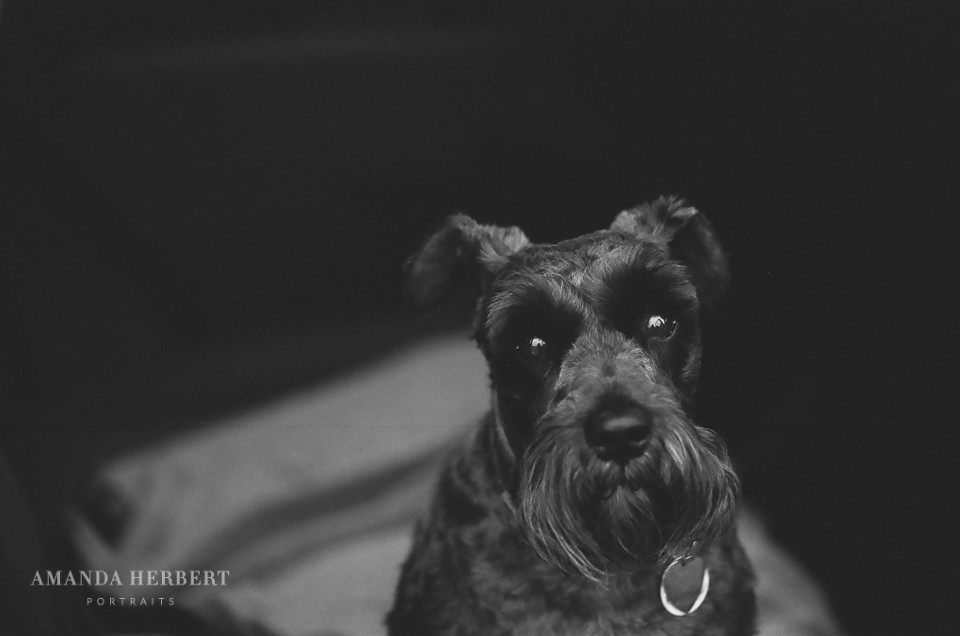 Nikon F100 | Tri-X400 BW film by M@ndy, on Flickr
Nikon F100 | Tri-X400 BW film by M@ndy, on Flickr
#2 Pushing the ISO to see what happens
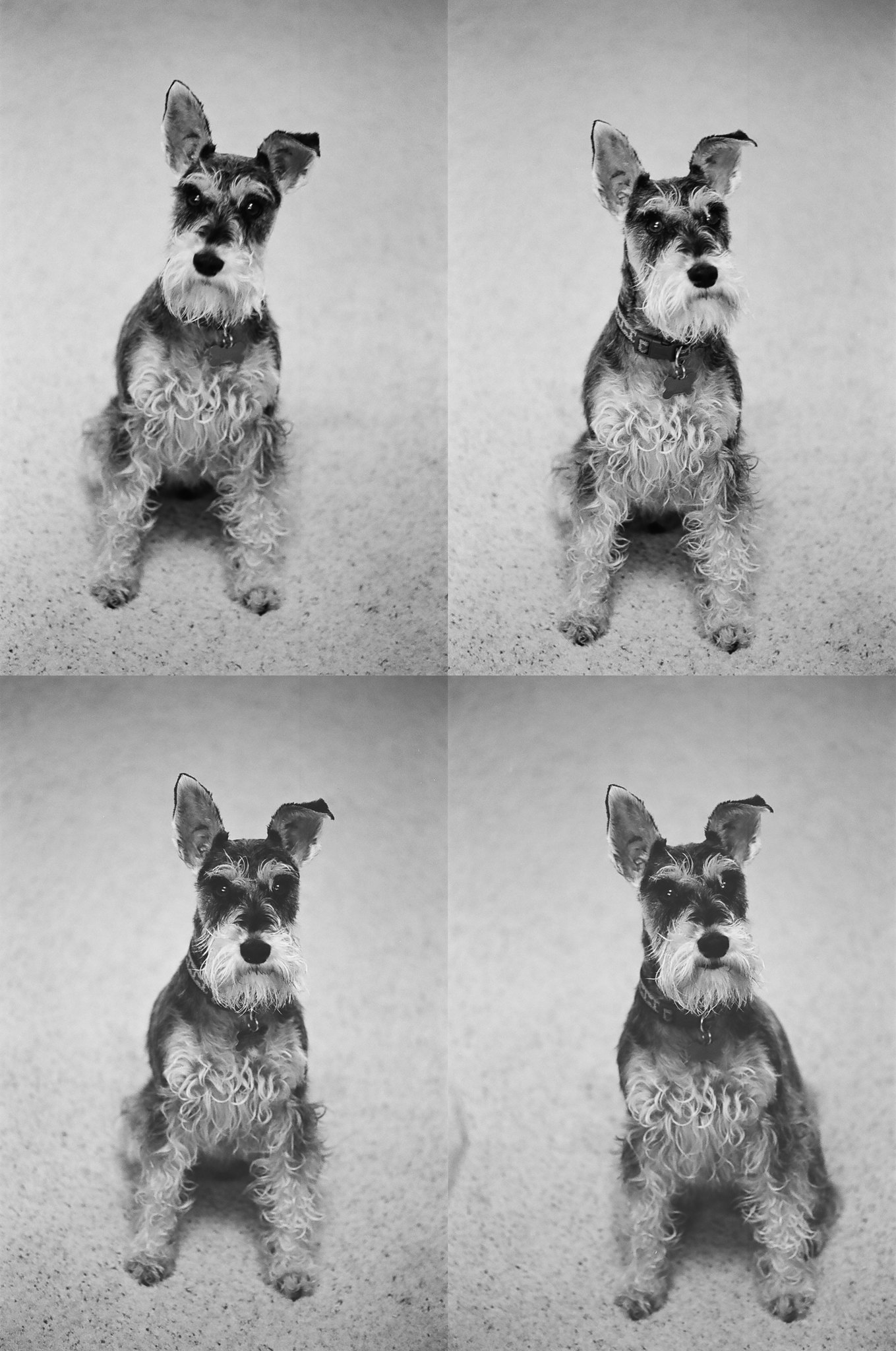 Nikon F100 | Tri-X400 BW film by M@ndy, on Flickr
Nikon F100 | Tri-X400 BW film by M@ndy, on Flickr
#3 Testing different lighting conditions
 Nikon F100 | Tri-X400 BW film by M@ndy, on Flickr
Nikon F100 | Tri-X400 BW film by M@ndy, on Flickr
#4
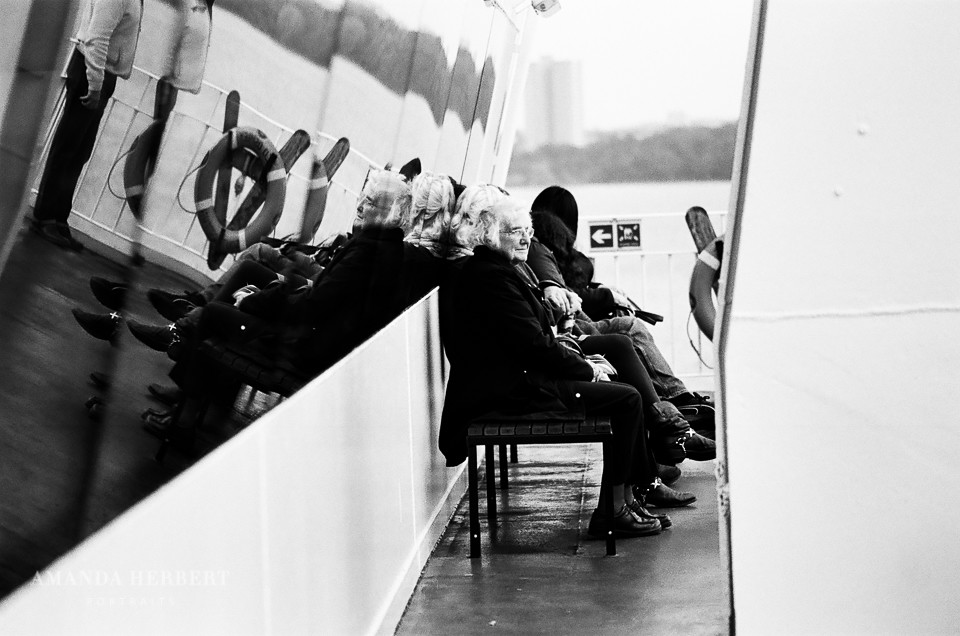 Nikon F100 | Tri-X400 BW film by M@ndy, on Flickr
Nikon F100 | Tri-X400 BW film by M@ndy, on Flickr
#5 Testing how colours render in BW
 Nikon F100 | Tri-X400 BW film by M@ndy, on Flickr
Nikon F100 | Tri-X400 BW film by M@ndy, on Flickr
#6
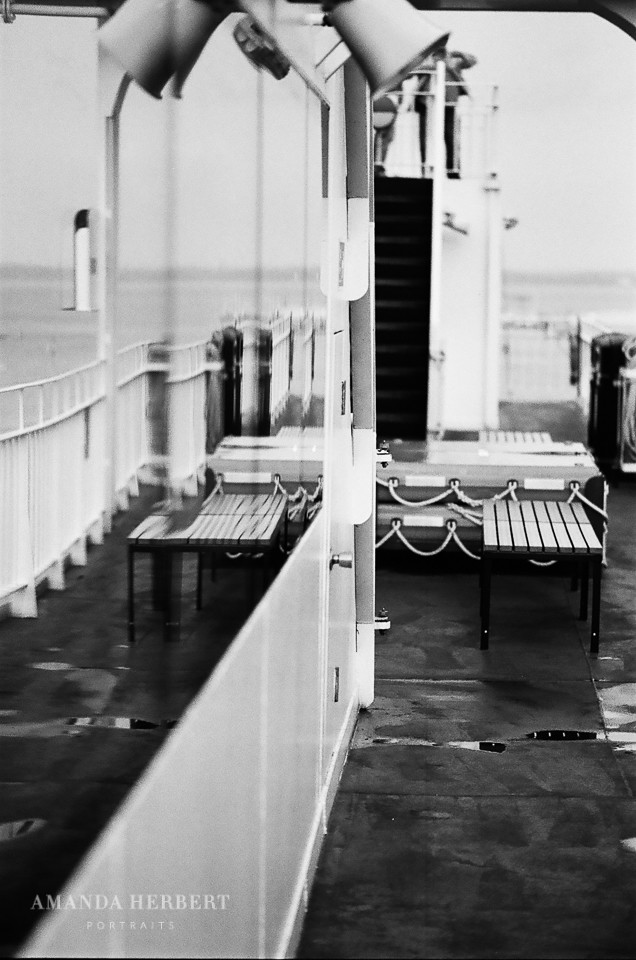 Nikon F100 | Tri-X400 BW film by M@ndy, on Flickr
Nikon F100 | Tri-X400 BW film by M@ndy, on Flickr
#7 Annoying my husband
 Nikon F100 | Tri-X400 BW film by M@ndy, on Flickr
Nikon F100 | Tri-X400 BW film by M@ndy, on Flickr
Slight cross post with my first Porta images here.
The below are literally my first images.
My question about this series are:
1. What BW would suit me better - I wanted to up the contrast on all these images. In digital I use 32000 LR presets for a high contrast look.
#1 Very first photo - should I have used exposure compensation -1 to correct the 18% grey correction by the camera?
 Nikon F100 | Tri-X400 BW film by M@ndy, on Flickr
Nikon F100 | Tri-X400 BW film by M@ndy, on Flickr#2 Pushing the ISO to see what happens
 Nikon F100 | Tri-X400 BW film by M@ndy, on Flickr
Nikon F100 | Tri-X400 BW film by M@ndy, on Flickr#3 Testing different lighting conditions
 Nikon F100 | Tri-X400 BW film by M@ndy, on Flickr
Nikon F100 | Tri-X400 BW film by M@ndy, on Flickr#4
 Nikon F100 | Tri-X400 BW film by M@ndy, on Flickr
Nikon F100 | Tri-X400 BW film by M@ndy, on Flickr#5 Testing how colours render in BW
 Nikon F100 | Tri-X400 BW film by M@ndy, on Flickr
Nikon F100 | Tri-X400 BW film by M@ndy, on Flickr#6
 Nikon F100 | Tri-X400 BW film by M@ndy, on Flickr
Nikon F100 | Tri-X400 BW film by M@ndy, on Flickr#7 Annoying my husband
 Nikon F100 | Tri-X400 BW film by M@ndy, on Flickr
Nikon F100 | Tri-X400 BW film by M@ndy, on Flickr
Last edited:

 Nikon F100 | Tri-X400 BW film
Nikon F100 | Tri-X400 BW film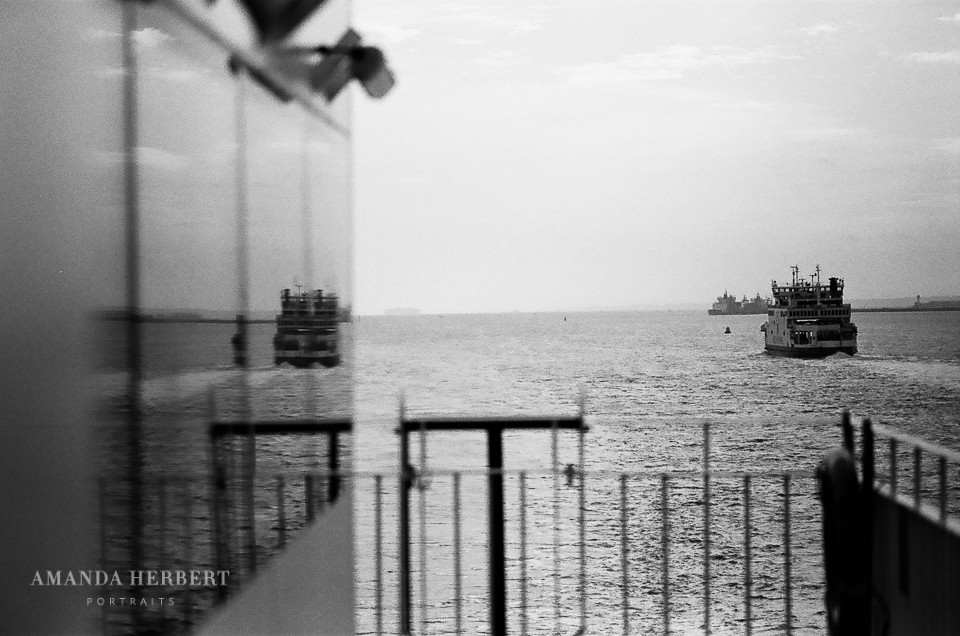 Nikon F100 | Tri-X400 BW film
Nikon F100 | Tri-X400 BW film Nikon F100 | Tri-X400 BW film
Nikon F100 | Tri-X400 BW film F100 Tri-X400
F100 Tri-X400